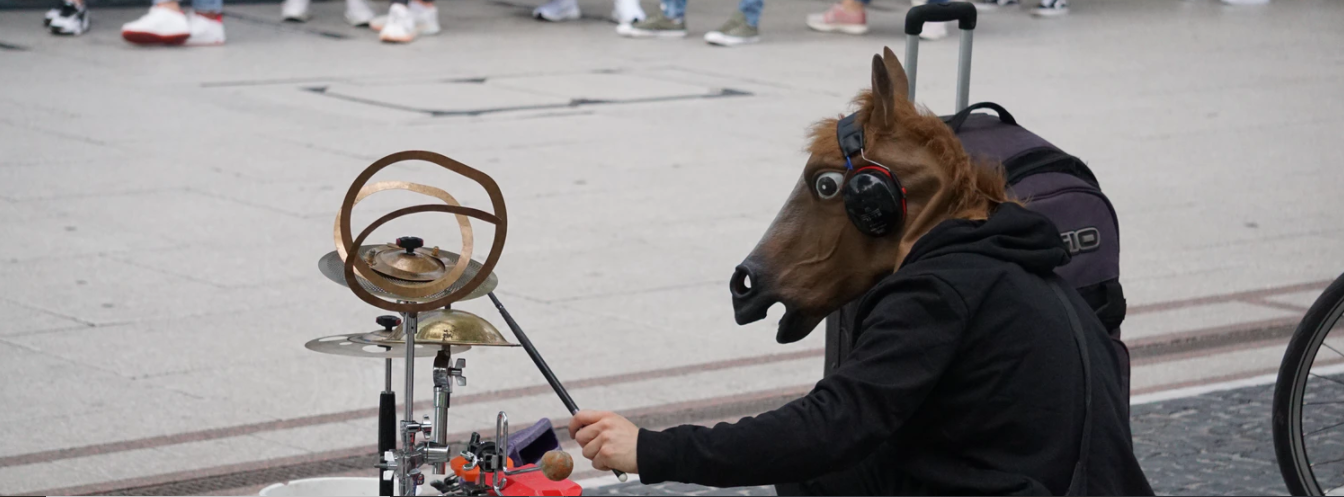The (almost) $10 Trillion Question ?

In the Great Recession of 2008, what was then thought to be record amounts of stimulus, were injected into the economy in the hopes of stabilization. TARP was just shy of $1T and the Fed over the years added on and off around $3T - $4T of liquidity.
It worked – sort of. The stimulus ended up in asset price inflation with real estate and stocks in a frothy bubble. But even with employment supposedly at record low levels, the recovery was slanted towards the asset holders, not the wage earners. Globalization of products and services ensured that prices of anything commoditized, remained low.
In early 2020 we were already at the end of the exuberant cycle. Effects of stimulus had long waned and the froth was subsiding. February 2020 was declared a recession. While the numbers over the last decade looked like they had ‘recovered’, it was clear that the underlying economy was neither ‘robust’, nor ‘healthy’ - and this is clear in that the Fed couldn’t unwind any of it’s stimulus – a taper tantrum as a good reminder.
The Fed and Treasury has thus far thrown around new post-pandemic stimulus of around $7T so far, with more to most likely come on stream. The question is – will it work this time? In short – we at MacroTOMI remian sceptical.
Stimulus can only do so much, and for so long and more stimulus can either resuscitate or break the economy – it’s a very fine line between the two.
The Fed knows that the economy is so over-leveraged, unproductive and bloated with trillions of dollars of debt of all kinds, that if enough liquidity doesn’t stabilize it, it will start to deleverage and deflate into a very unpleasant, unstoppable cycle. The problem is so huge, with such dependence on consumer and corporate debt that a deleveraging would potentially alter the economic landscape irrevocably. This isn’t a bad thing – our economy isn’t working properly – stock buybacks, overinflated asset prices, wage and income inequality, etc – the issue is that the change will be very painful, for many people and for many years.
The theory is that if the Government can keep enough people and companies solvent for long enough – the economy will restart on its own. It’s like an airplane that has lost both it’s engines, stabilized at 10,000 feet – if it can hold on long enough, the pilots can hopefully restart the engines. You know what happens if they don’t succeed.
So we are at that point. $7T injected into the economy with potentially a few trillion more to come – we are gliding at 10,000 feet – can Corporate America plus Consumer America together, jump start the stalled engines?
To the optimists everything seems fine. Restaurants have diners, coffee shops have lines, supermarkets are busy and the corner pizza place is full every evening. You would have thought that given the uncertainty, people would be sacred to spend money and activity would have ground to a halt. The coffee place around the corner from me charges $6 for a cappuccino, served in a Covid friendly paper cup and has a line – quite extraordinary, if you ask me.
There is a national mortgage and other debt forbearance, eviction moratoriums and other measures in place. Additionally, 30 million plus Americans were receiving an unemployment supplement of $600/week while not making making mortgage or debt payments, leaving a lot of disposable cash.
This was by design – the more consumers spend and don’t save or use it to pay down debt - the more monetary velocity to there is in the economy to help reignite it. This was in conjuction with PPP and the FED shoring up the credit markets, allowing basically over leveraged (and sometimes almost bankrupt) companies to issue new bonds and raise cash to keep up their spending.
These extraordinary measures though are about coming to an end. To keep this game going, the Treasury would need to pump in much more stimulus in a coordinated effort with the Fed.
Stimulus has been great for equities. It’s been even better for Gold. The markets are nervous and stimulus money is only going into equities that investors suppose would ride this out or gold which is erroneously seen as a safe haven – but not into real estate or other equities – as a new risk profile is emerging. These expanding asset classes are narrow, which is why we are seeing such swift and large rises.
Congress is thus far unable to agree and while a deal will most likely push through (it’s an election year) – it will make few happy. Either too much or too little or too late – it’s won’t save the consumer. The US won’t bankroll that many people at these levels indefinably either, so stimulus will diminish Debt holders need to be paid. Landlords need to evict. The summer is over and so is the respite and the imagined v-shaped recovery.
The engines haven’t restarted and the economy is stalled. About a third of renters didn’t pay July rent and it looks like an equal or greater number won’t pay August. Many businesses remain impaired or closed. While the employment numbers are ‘better than expected’ - they are far from healthy, nor on a healthy trajectory – weekly jobless numbers are still in excess of 1 million. Additionally we are seeing more companies file for chapter 11 – weighted to retail, but other sectors will follow when the new bond money runs out.
What about even more stimulus? If we hadn’t opened the sluice gates in 2008, the economy would be in a better place to absorb more stimulus. But we are starting on a weak, over indebted, dysfunctional starting point. Every injection has been bigger and bolder than the last, just to maintain the status quo. Each additional trillion of stimulus has bifurcated the economy into the asset price winners and the wage earning losers. Today, the numbers of the latter are so horrifically large that the amount of stimulus would surely create a bubble in a one or more asset classes that would rupture under its own weight.
We are at an inflection point. Unfortunately, at MacroTOMI we aren’t very bullish towards the overall economic outcome. We are sceptical of enough new stimulus forthcoming to make more of a difference other than to delay the inevitable. We see the structural issues before covid to be exacerbated and accelerated with the current situation. There is a still a significant disconnect from reality among perceptions of many.
The current frenzy in investments in gold and the top 4 or 5 equities will be shown to be misplaced. One of the largest Gold ETFs – SPDR – holds more physical gold than the bank of Japan and its holdings are equal to about a quarter of all Fort Knox reserves according to a recent FT article. That figure is spectacular. Physical bullion is not an easy asset to dispose of in a liquidity crunch. We recently saw oil WTI futures sink to unimaginable depths and never before seen negative territory, but memories are short when prices are rising. It is incredible how quickly a bubble can deleverage and that’s without the added need to sell physical gold bars.
That leaves few places to safely ride out the coming storm. Cash and short term Treasury Bills are a safer shelter in times of turmoil than gold – and we will see this. The real negative rates and inflation arguments that the gold bugs are trumpeting will most likely not materialize, like it failed to present in 2008 (read our article: No Inflation, No Stagflation, Yields and Bonds). And even if there was a risk of inflation – say 2% or even 3% (doubtful)- the downside risks to the gold bubble blowing are much greater – more in the 20-50% range, so the idea of parking your money in gold as a safe play are very misplaced.
We at MacroTOMI believe that a debt deleverage and deflation would send treasury yields, across the curve, sharply down resulting in capital gains, but here too there is risk. Another liquidity crisis, like in March, could send long term treasury yields spiking – if only temporarily – and making even Treasuries illiquid.
If you are concerned about the future prospects and protection of wealth – now may be a prudent time to turn bets off and park the cash somewhere safe to ride out the storm.
 How to ensure your investments beat inflation
How to ensure your investments beat inflation
If you believe that inflation is really going to take off (we don’t), what should you do? Once again...
 Searching for Real Yield
Searching for Real Yield
Following the kind of stock market blow-out that we are anticipating there will be plenty of high yi...
 Beating the Drums of Inflation
Beating the Drums of Inflation
It seems like the inflationistas are predicting inflation rather than showing data to support it’s e...